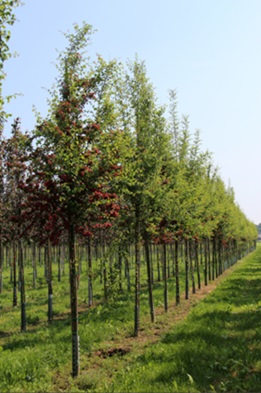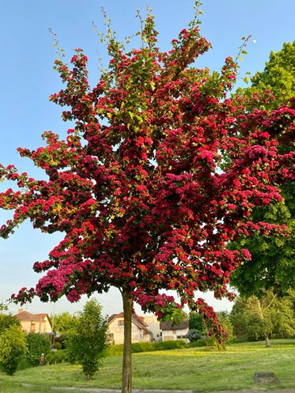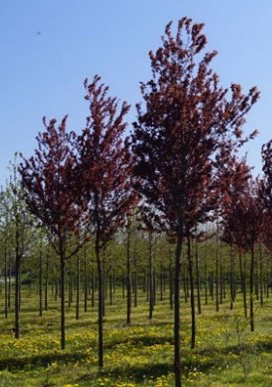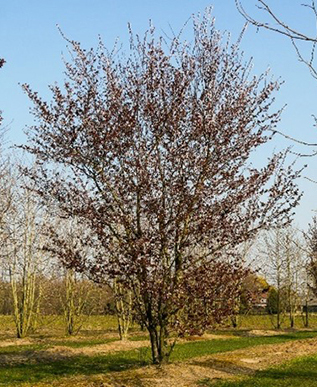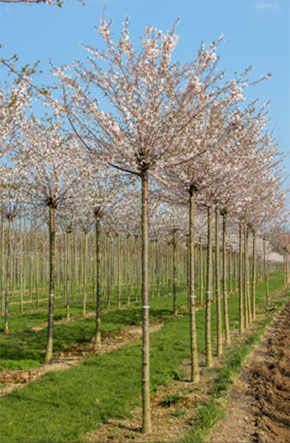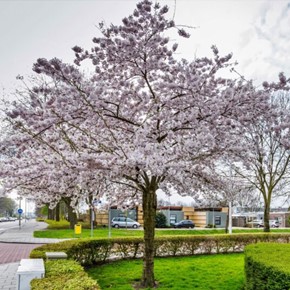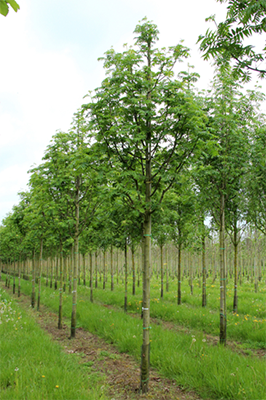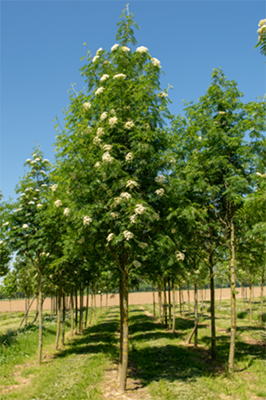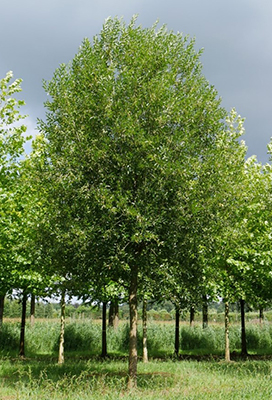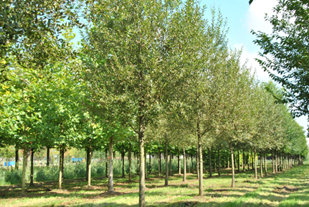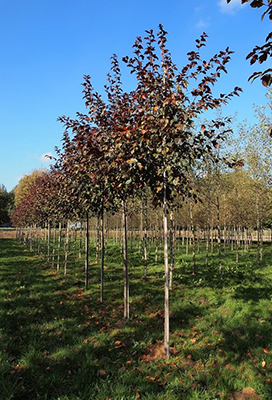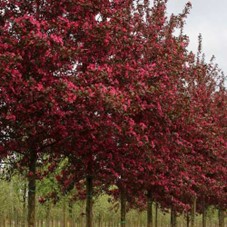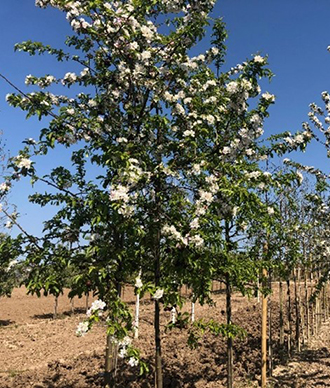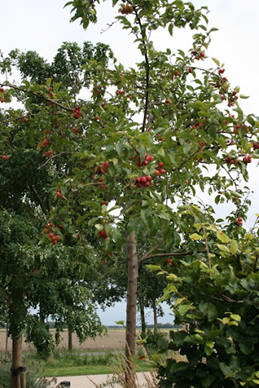We're making our city even greener: request a free tree
UPDATE new delivery dates: from October 27 to November 2 between 5:00 - 9:00 pm.
As the municipality of Zoetermeer, we are going to green up even more - and you can help! After the great success of the tree action in 2024, the municipality of Zoetermeer is again offering residents the chance to apply for a free tree. This action is a follow-up to the motion "Natural Treasures for a Green Home!", which was adopted by the City Council on November 11, 2024.
The municipality is happy to support your efforts for a green city. Therefore, we offer several actions to help you, such as this temporary tree action, encouraging and partly subsidizing greening of roofs and making garden advice from the Garden Rankers available free of charge. In addition, we encourage participation in the NK Tegelwippen, where you can replace tiles in your garden with greenery. Of course, the municipality itself is also working hard to green the city. Together we are creating a greener and healthier living environment!
Why greening?
Increasingly, we are experiencing hot or dry periods and periods of heavy rainfall. This causes heat and water problems and also negatively affects the amount of different plants and animals in our city. By planting a tree in your yard, you provide:
- Cooling in hot periods
- Water drainage in case of rain
- Improved air quality
- Increasing biodiversity
- A more beautiful garden and/or neighborhood
In addition, trees make the city greener, healthier and more pleasant to live in for people and animals.
The rules of the game
- This action is for residents of Zoetermeer. The tree must be planted in a garden in Zoetermeer.
- The promotion is closed, you can no longer apply for a free tree.
- You can apply for a maximum of one tree per household.
- There is a limited amount of trees available, so OP=OP. Applications will be processed in order of receipt.
- You may only plant the tree on your own property.
- You plant the tree at least 2 meters from the property line.
- Once you have requested a free tree, it will be delivered to your door between Oct. 27 and Nov. 2 during evening hours (between 5 p.m. - 9 p.m.).
- The municipality supplies the tree; you are responsible for planting it yourself. A tree pole, tree tape and nails are provided to make planting as easy as possible for you.
- Planting and (under)keeping the tree is done at your own risk. The municipality of Zoetermeer is not liable for any damage caused by planting and keeping the tree.
Note!
- If you have a rental property with a garden, you need permission from your landlord. If you participate in an Owners' Association, you need permission from the other members.
- Make sure there is adequate growing space (underground and above ground) for the tree.
Help with planting and/or maintenance
Want advice on planting or maintaining your tree? Then take advantage of our Garden Rankers - a free service from the municipality where experts give you personal advice on greening your garden. For more information, visit General tips for greening your garden.
Greening up more?
Also consider participating in the Green Roofs grant. This allows you to green the roof of your shed or gazebo, for example. This subsidy reimburses one-third of the total project costs, with a maximum of €3,000. For more information, see Subsidy - Green Roofs Zoetermeer 2025-2027.

